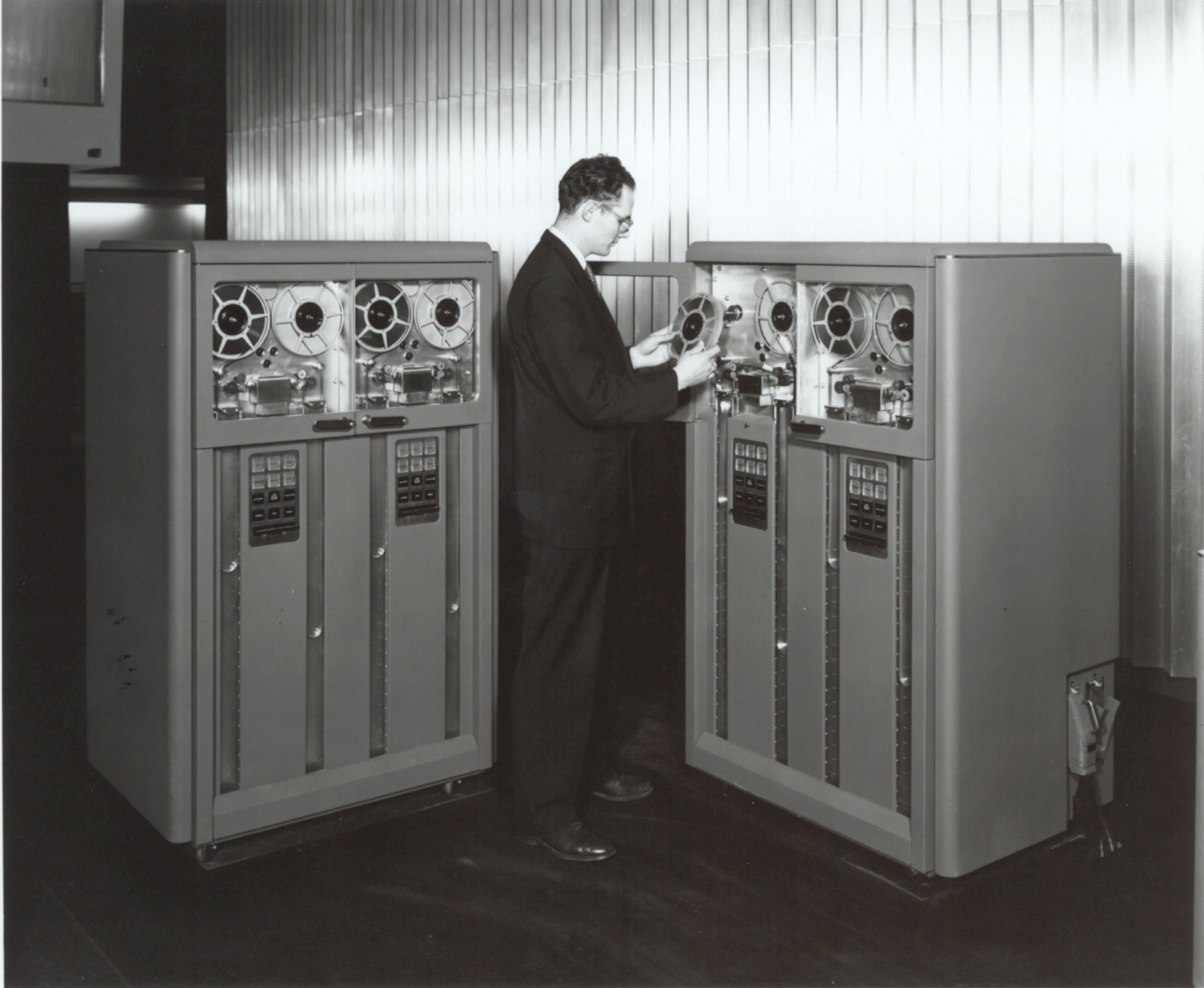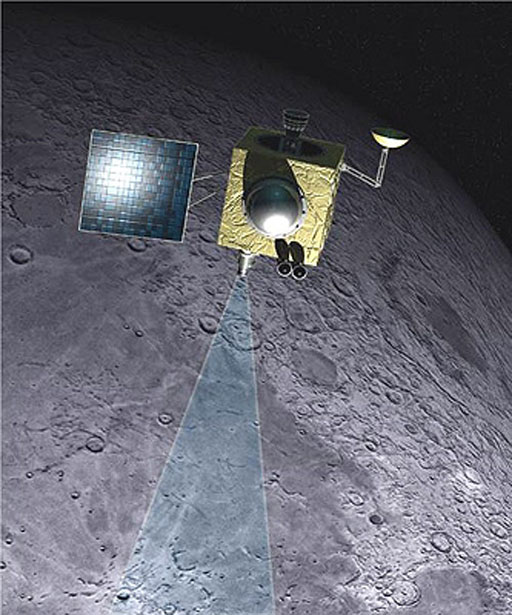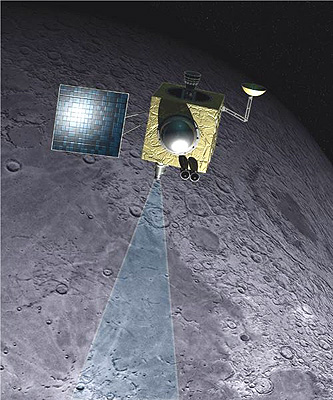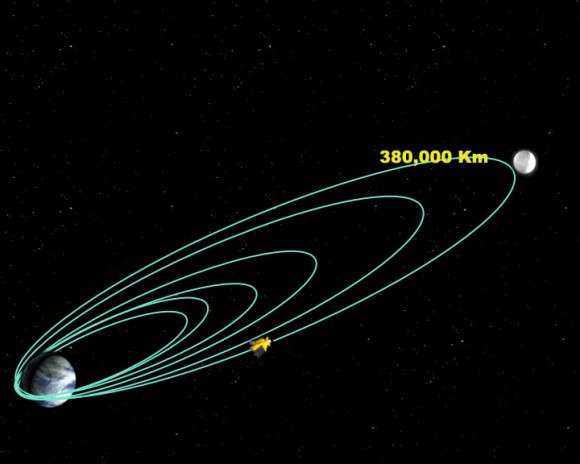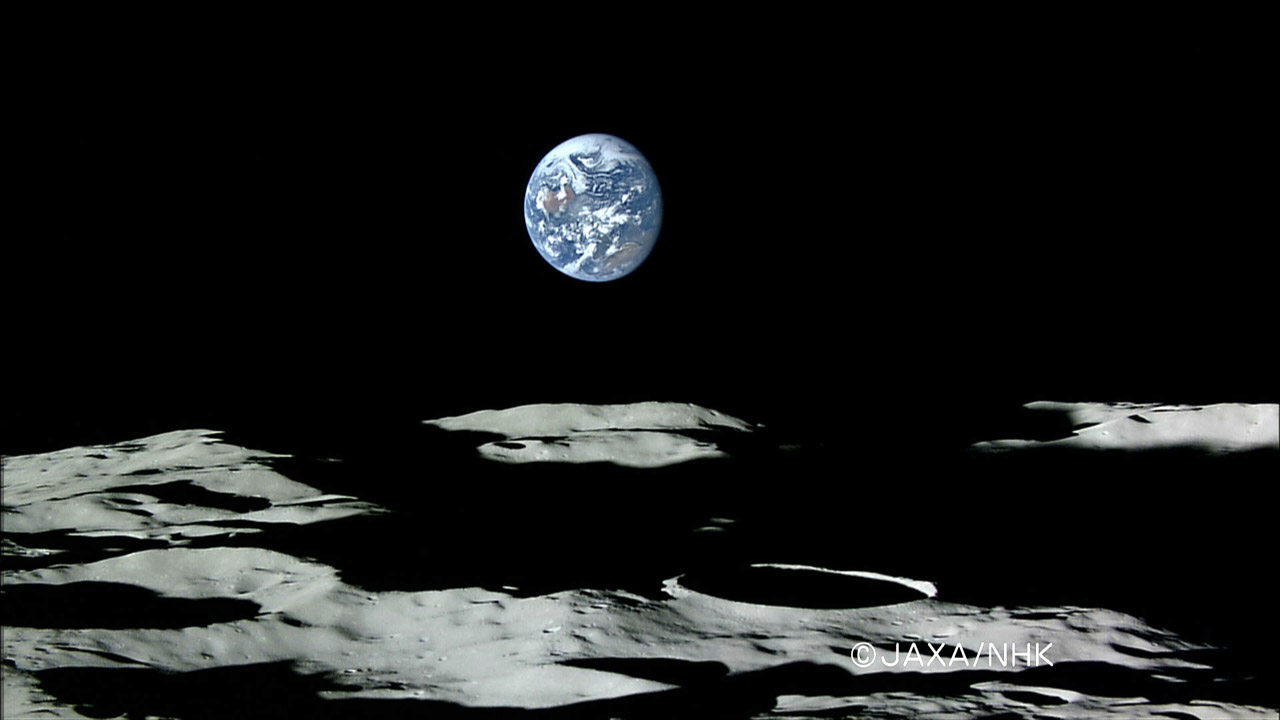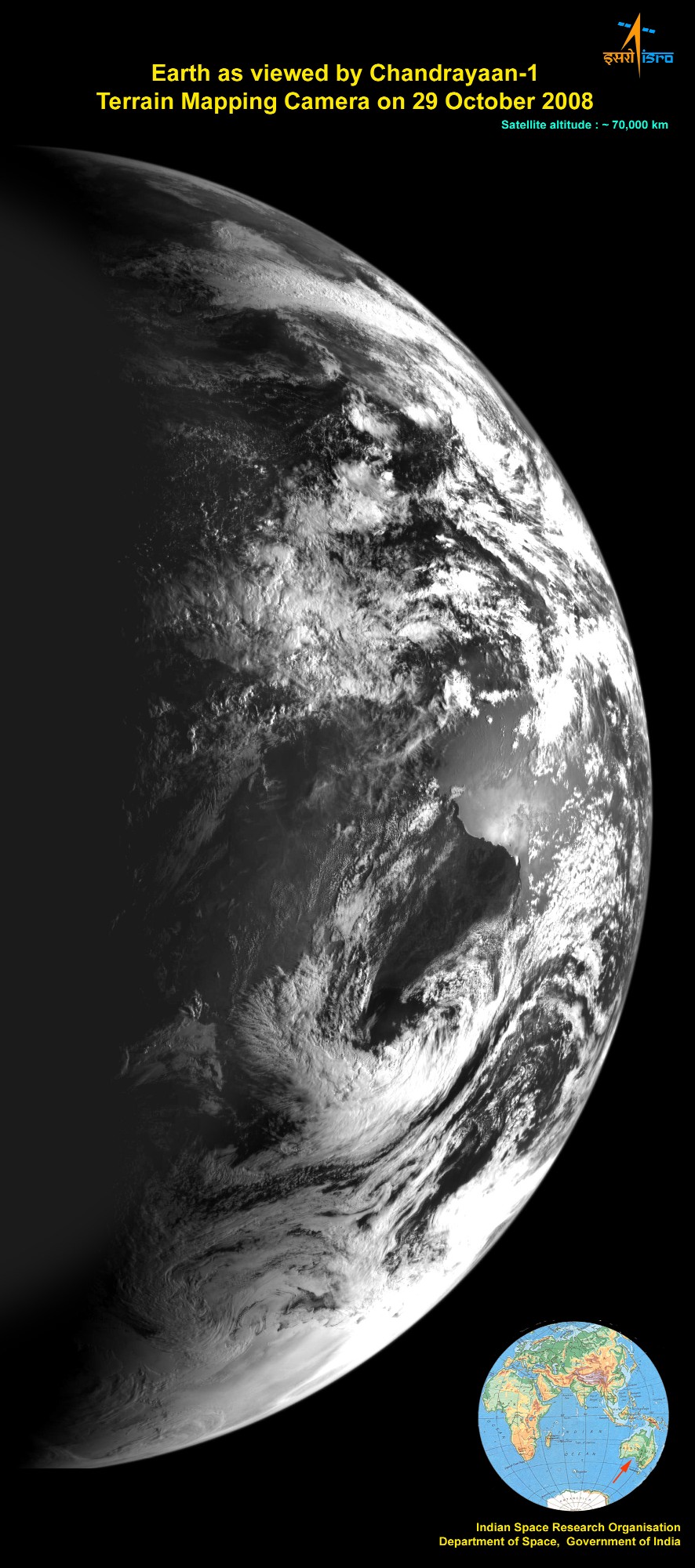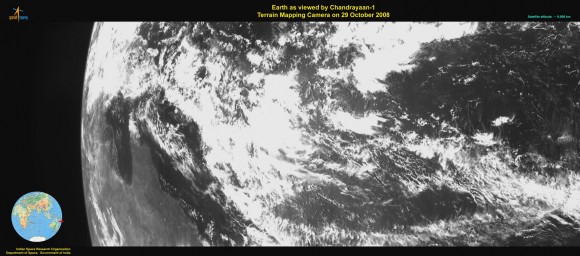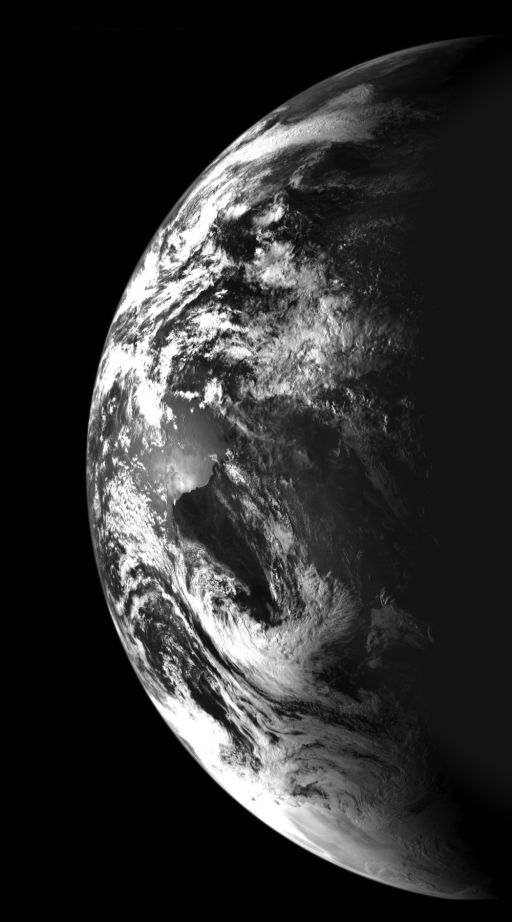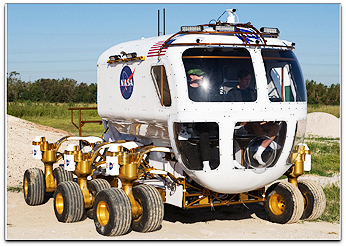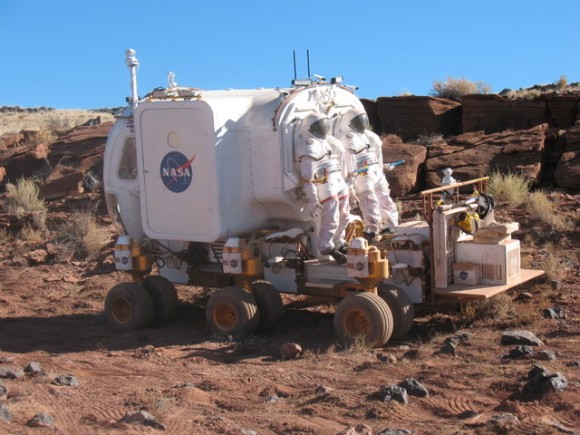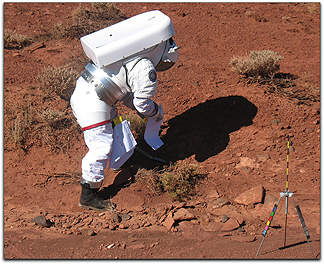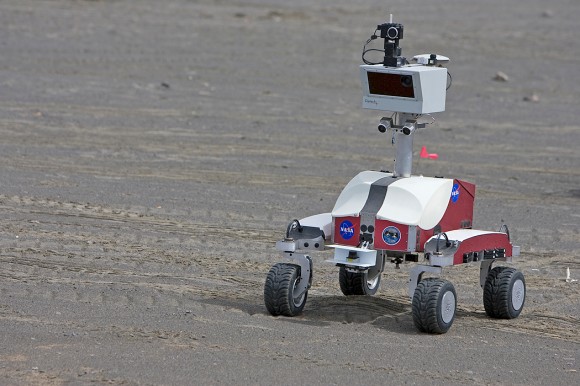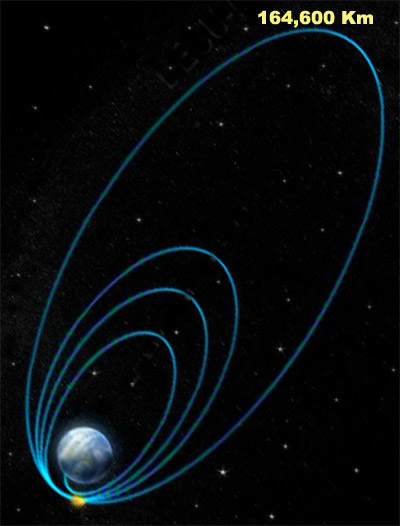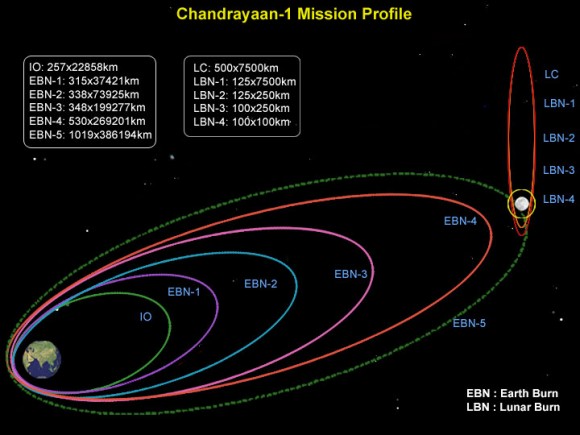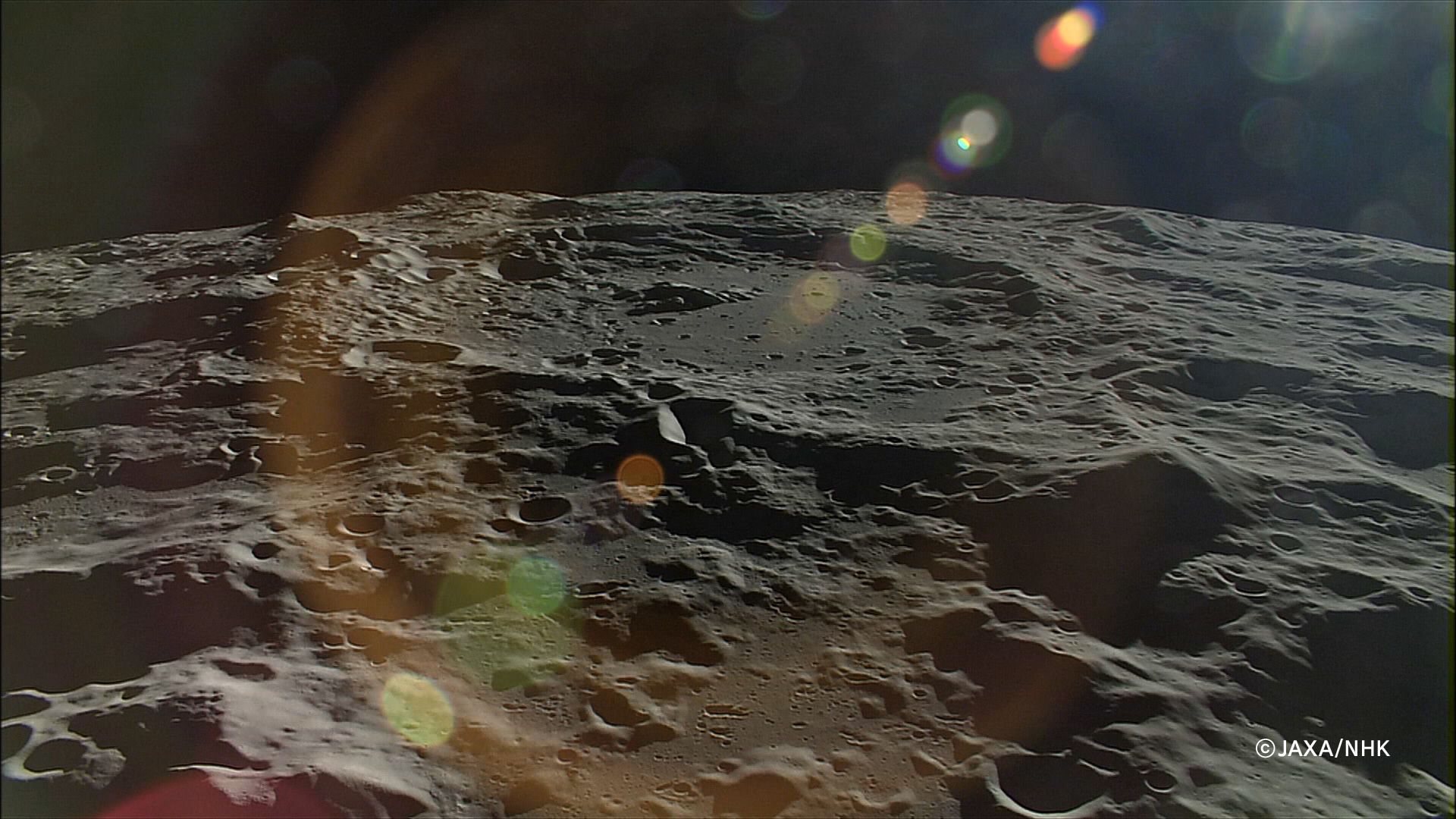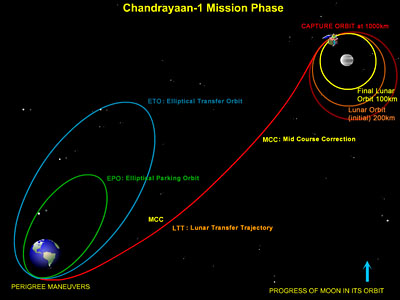Old, forgotten data from three Apollo moon missions could help overcome one of the biggest environmental hurdles facing future lunar colonists. Pervasive moon dust can clog equipment, scratch helmet visors –or worse, get inside astronaut lungs and cause serious health problems. But 173 data tapes hold information that could be essential in overcoming the problems the dust causes. The only trouble is that the tapes are archived on “ancient” 1960’s technology and no one could find the right equipment to playback the tapes. However, the Australian Computer Museum has an old IBM729 Mark 5 tape drive that should do the trick, IF the machine can be restored to operable condition again…
The IBM729 Mark 5 tape recorder is about as big as a household refrigerator. It recorded data from Apollo 11, 12 and 14 missions that carried “dust detectors.” Information from the detectors was beamed back to earth and recorded onto tapes. Copies of the tapes were supposedly sent to NASA, but the tapes were lost or misplaced before they could be archived in NASA’s holdings. But the original data tapes have sat in Perth, Australia for almost 40 years.
Physicist Brian O’Brien invented the detectors. He wrote a couple of papers on the information in the 1970’s, but no one was very interested in moon dust back then. However now, scientists realize this information could help make future missions to the moon more feasible.
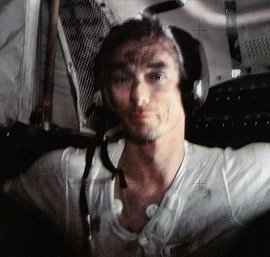
“These were the only active measurements of moon dust made during the Apollo missions, and no one thought it was important,” said O’Brien. “But it’s now realised that dust, to quote Harrison Schmitt, who was the last astronaut to leave the moon, is the number one environmental problem on the moon.”
O’Brien quit his work on lunar dust when he left the University of Sydney. Two years ago, someone at NASA remembered the data had been taken, but couldn’t find the duplicate tapes.
O’Brien says there is no indication as to when exactly the tapes were lost, but he guesses that it was “way, way back.” When O’Brien learned of the tape loss, he was contacted by Guy Holmes from a data recovery company who offered to try and extract the information on the old, original tapes. But Holmes realized he needed some old equipment to do the job, and came across the right IBM tape drive at the Australian Computer Museum.
The archaic-looking recorder is in need of refurbishing, however. Holmes jokes that a 1970s Toyota Corolla fan belt could be used to get the recorder up and running.
“The drives are extremely rare, we don’t know of any others that are still operating,” he said.
“It’s going to have to be a custom job to get it working again. It’s certainly not simple, there’s a lot of circuitry in there, it’s old, it’s not as clean as it should be and there’s a lot of work to do.”
Holmes is hopeful of getting the tape recorder working again in January, and then he says it should only take a week to extract information that has been locked away since the early 1970s.
Source: Australia’s ABC News

